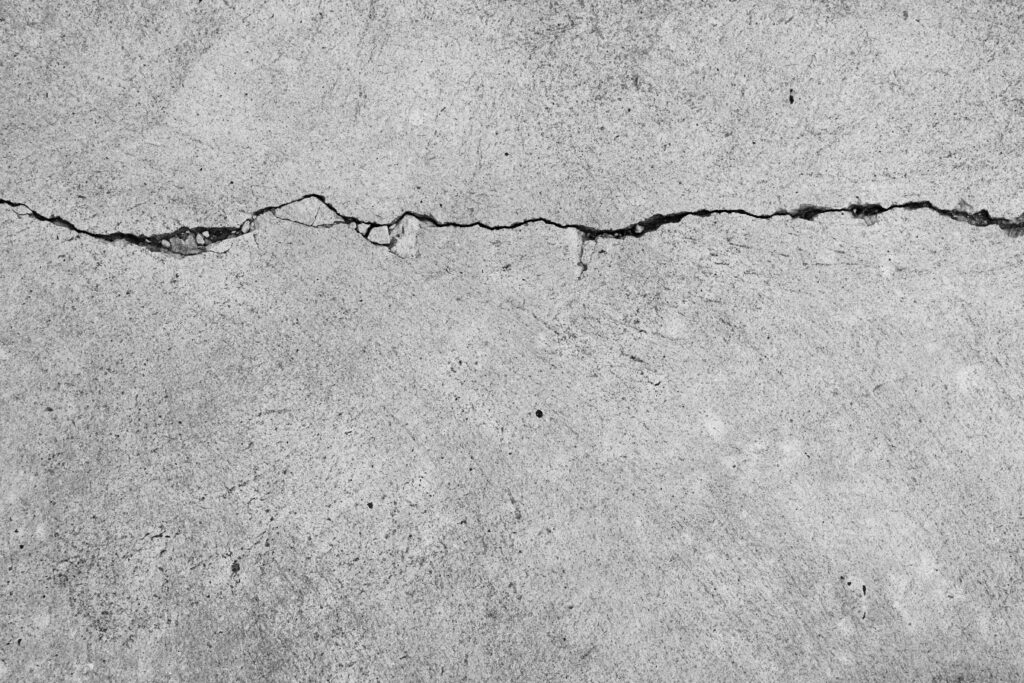In past articles we discussed the strength of Roman concrete. Structures built centuries ago are still standing, while similar concrete buildings and outdoor works constructed comparatively recently have crumbled or collapsed. Last year, a team from the Massachusetts Institute of Technology, the famous MIT, discovered a specific aspect of Roman concrete that may be responsible for its durability — chunks of lime found in the cement mixture. These pieces of material, or lime clasts, may actually be responsible for “healing” cracked concrete, thus preserving its strength.
Healing Concrete with Calcium Carbonate
Lime is one of the primary components of most all cements and mortars. Limestone, or calcium carbonate, is the source of lime, from ancient times to modern. When cement is made today, it is a finely ground powder and any lime in the product is tiny and granular. This helps give concrete its smooth, mostly uniform appearance.
Roman concrete is known for its chunks of white lime throughout the material. MIT civil and environmental engineering professor Admir Masic always wondered why these lime clasts were part of the mix. Given the Roman reputation for building with precision, he found it difficult to believe that they were accidental inclusions or due to sloppy production methods, so he investigated further.
First, he discovered that these lime clasts were a product of using quicklime, a very reactive material that creates high temperatures when mixed with water and that therefore causes the concrete to dry quickly. This “hot mixing” allowed for faster construction and seemed to make the concrete self-healing. To find out whether this had something to do with the durability of Roman concrete, he studied these self-healing properties.
How Can Concrete Heal Itself?
The calcium carbonate in the lime clasts easily cracks. So if cracks are forming elsewhere in the concrete, they are likely to form through the lime clasts too. This is where the healing begins! Once exposed to water from the environment, the calcium carbonate dissolves, moves through the cracks, and then recrystallizes as a solid, making a natural repair!
Professor Masic tested this process by making cylinders with modern concrete and techniques and then by using the Roman method with quicklime. Next he deliberately cracked the concrete cylinders and exposed them to running water. Over a two week period, the Roman-style concrete with lime clasts filled in the cracks and once again became relatively waterproof. In contrast, the modern concrete still had its cracks, and would therefore continue to disintegrate.
Still a Technique Under Investigation
Can people today adapt to using concrete without its typical uniform finish? Can ancient methods of making concrete be adapted to create self-healing concrete today? Will hot mixing concrete produce modern foundations and buildings that fix their own cracks?
You do not have to wait for the answer! Protecting your concrete from cracks and deterioration today is easy with epoxy coatings. While California Custom Coatings in Sacramento looks forward to new developments in concrete, even if they come from old techniques, we are in the business of fixing concrete in the here and now. If you have concrete cracks that need repair, we can resurface your floor with urethane concrete. If you want to protect your foundation and beautify it at the same time, durable and flexible epoxy coatings provide solutions. For more information, contact us at California Custom Coatings via the phone or online.
